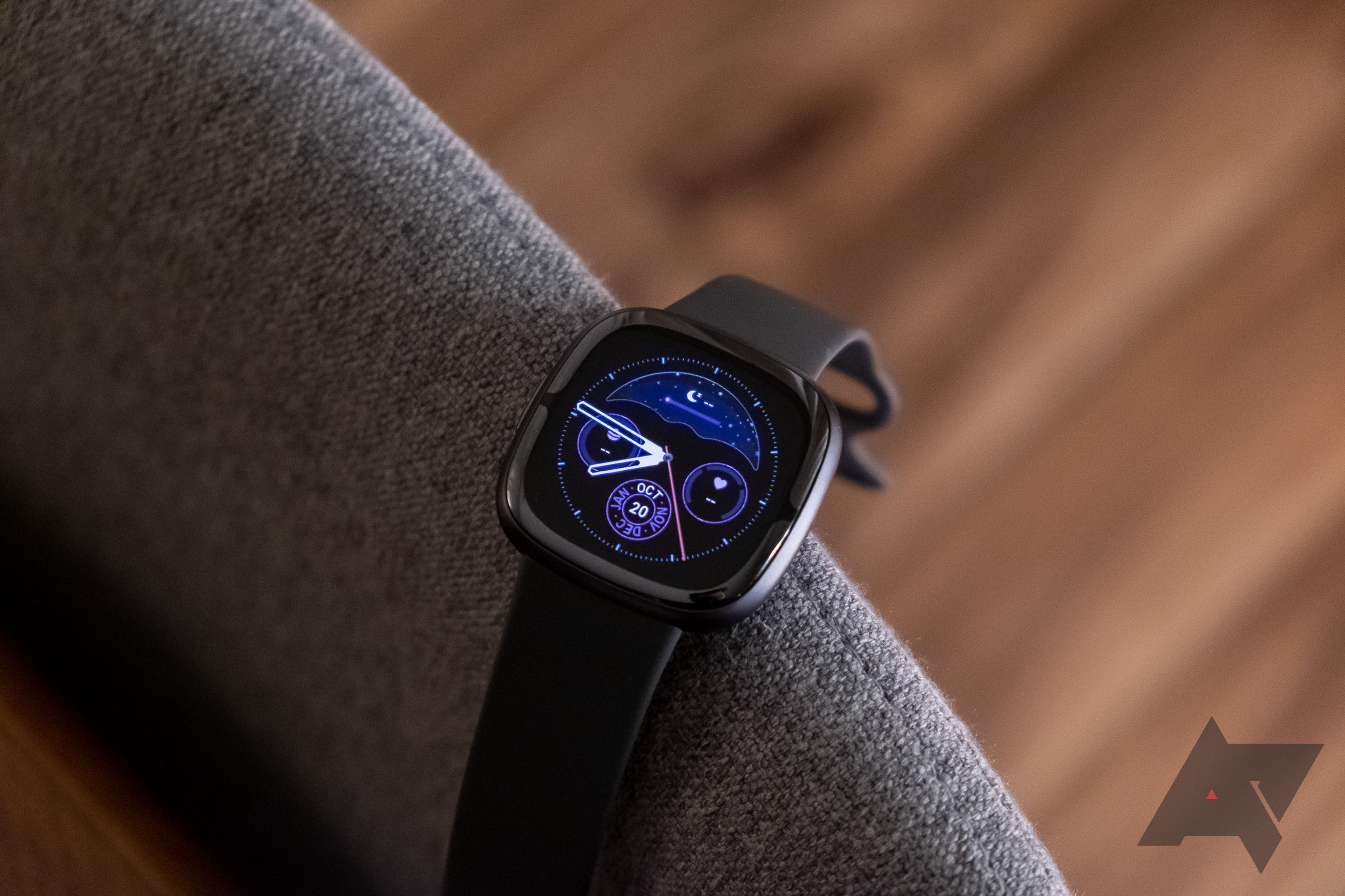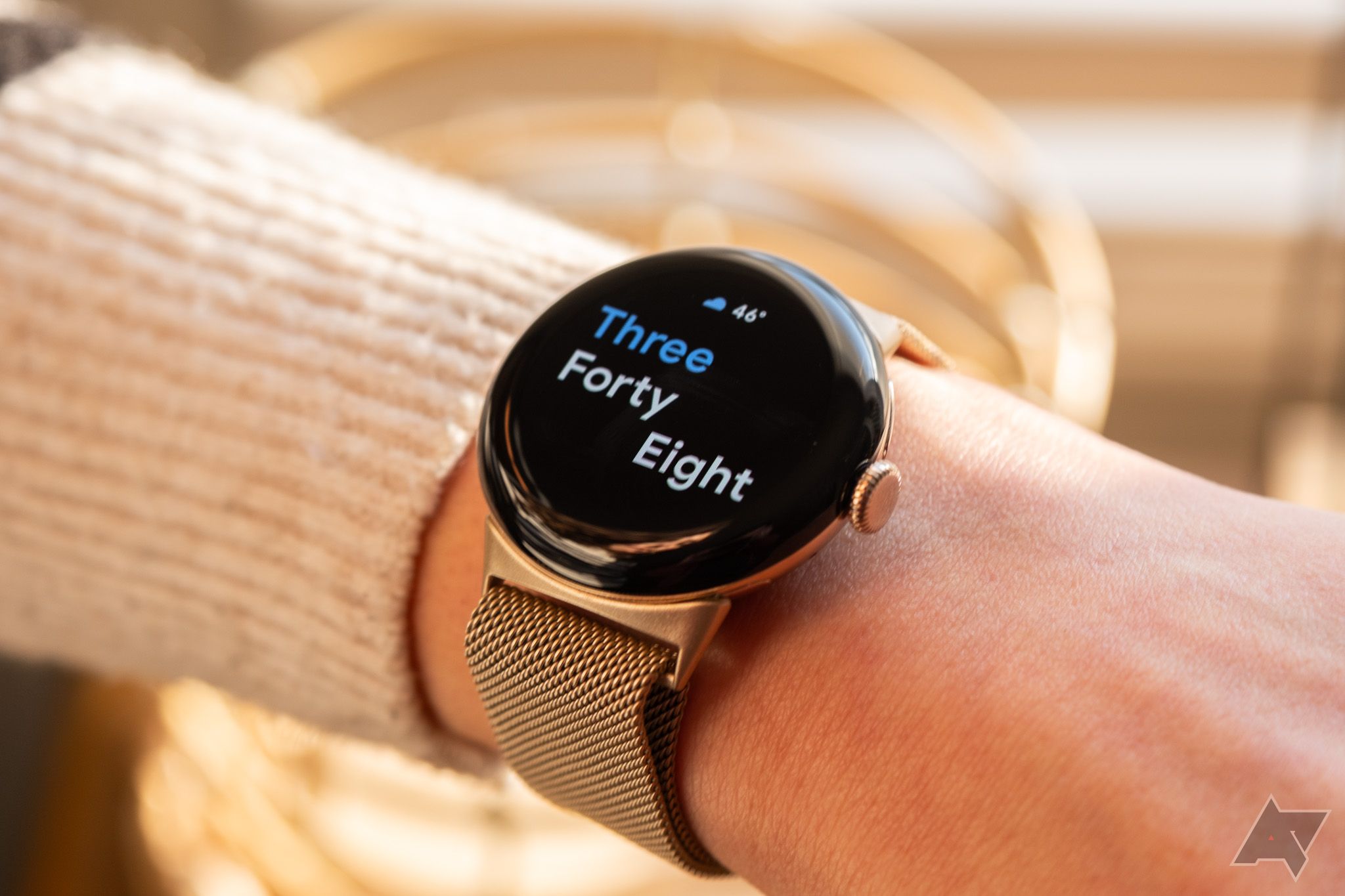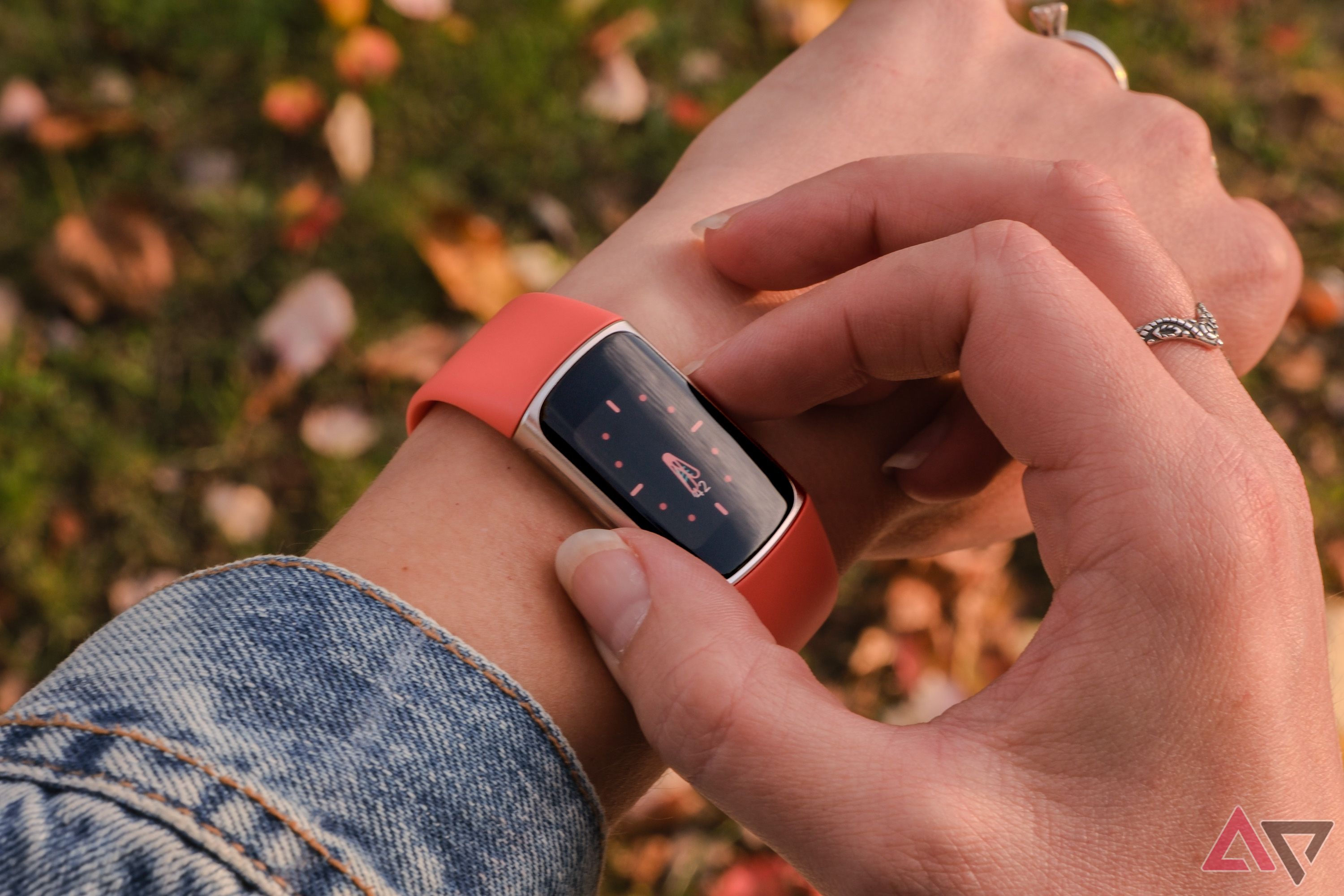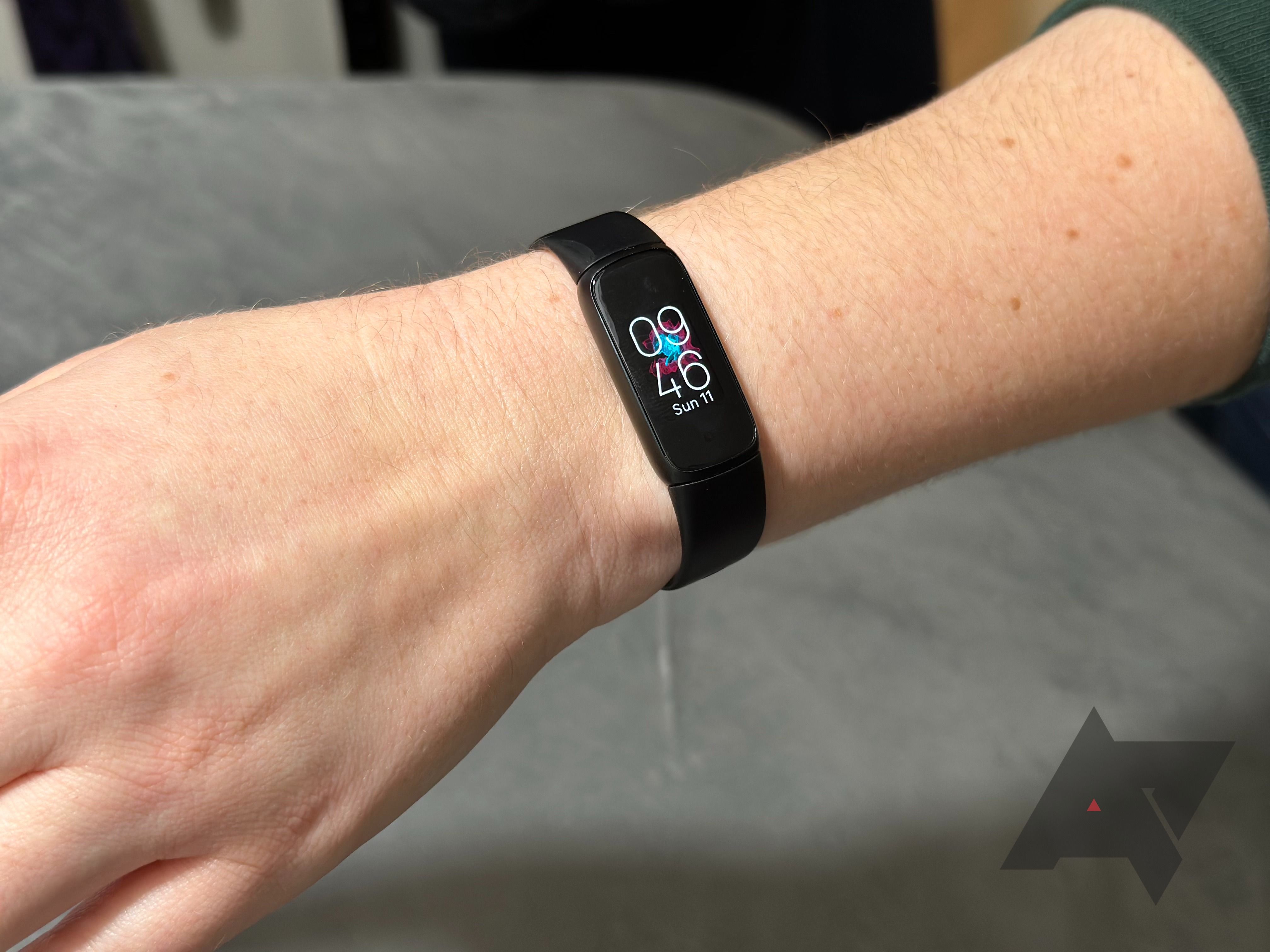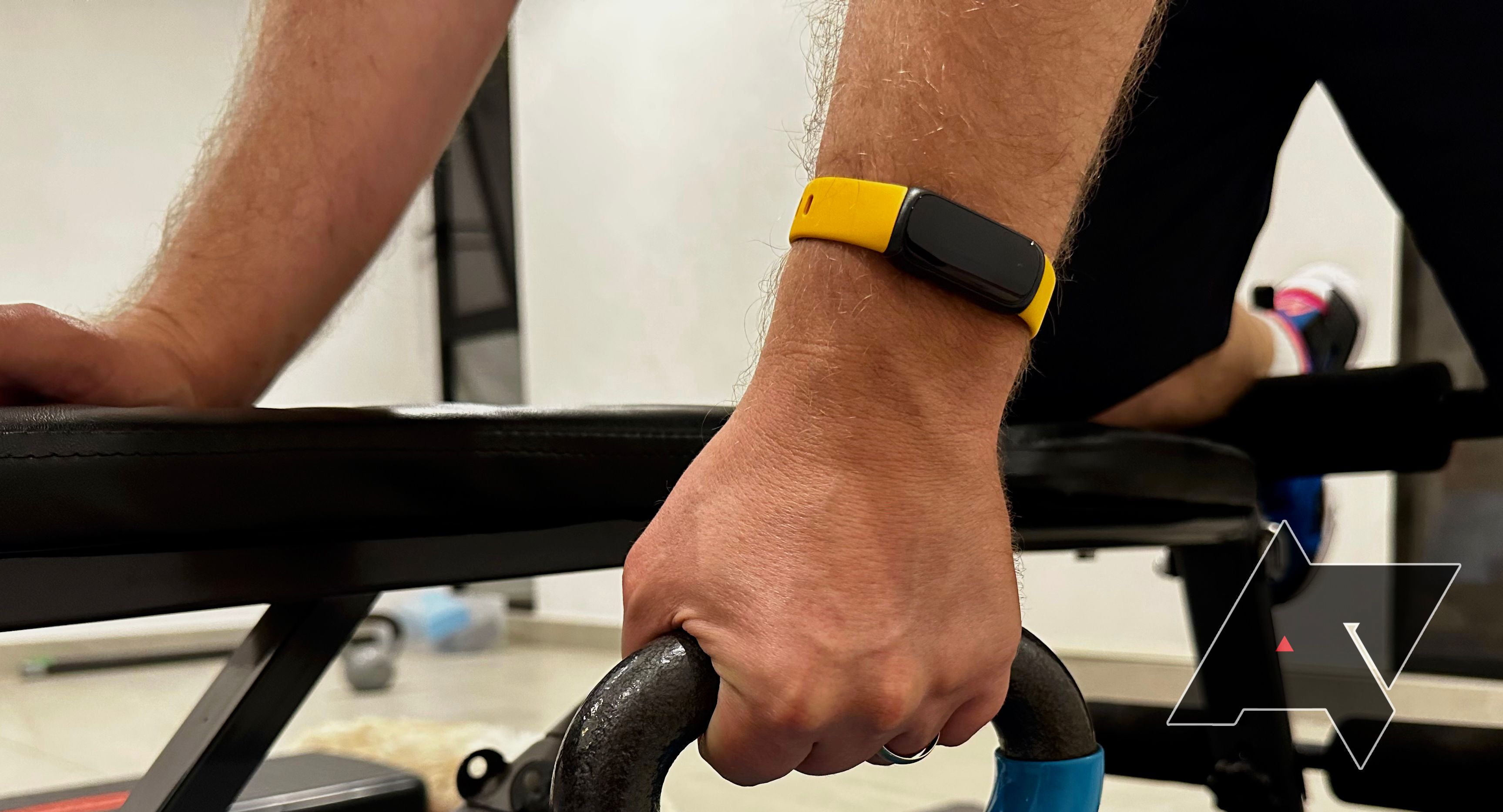Fitbit wasn’t the first company to make fitness trackers, but its branding has become synonymous with the category, setting the tone for what makes a tracker worthy of your trust. Considering its very first tracker from 2009 clipped onto clothing, the company has come a long way in developing products that fit better and do more at the same time.
The current product lineup offers a wider range of fitness trackers and smartwatches, providing an option for every lifestyle choice. This guide has a Fitbit that will fit what you have in mind.
Finding the right Fitbit for your lifestyle and activity level
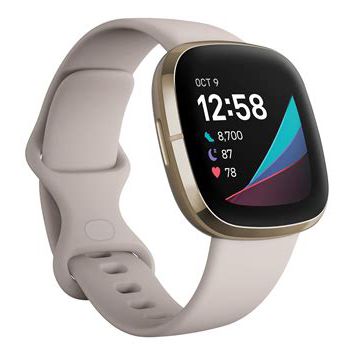
Fitbit Sense 2
Full body wellness on your wrist
What the Sense 2 lacks in flash, it makes up for in reliability. It isn’t overloaded with unnecessary features but still manages to do everything you expect from a fitness tracker and a little bit more.
- Stress detection and guided mindfulness exercises
- 6+ day battery life for round-the-clock monitoring
- Automatic workout detection
- At $300, it’s one of the pricier devices Fitbit offers
- Lacking Gmail and Google Assistant
The Sense 2 isn’t the fanciest option in Fitbit’s current slate of devices, but it offers everything you’d want in an activity tracker without any extra fluff.
The Sense 2 covers the basics, tracking steps, distance traveled, and estimated calories burned, but that’s just the beginning. This tracker is designed to be worn at all times and has the battery life to pull it off; it lasts for 6 days or more between charges.
In addition to tracking your workouts, the Sense 2 monitors stress levels, heart health, and sleep patterns, providing readouts for each and suggestions for reaching your goals. Then it crunches all those numbers over time to calculate a readiness score in real-time, letting you know if it’s safe to hit the weights or if recovery time is required. Moreover, the Sense 2 is waterproof up to depths of 50 meters so that it can track your activity on land and in the water.
All that only scratches the surface of what the Sense 2 can do. Track your runs with built-in GPS, monitor skin temperature and oxygen saturation levels, and get smartphone notifications all on a full-color touchscreen. Some features are only available with the included six-month premium membership; fees apply after the trial period.
Read our full Fitbit Sense 2 review.
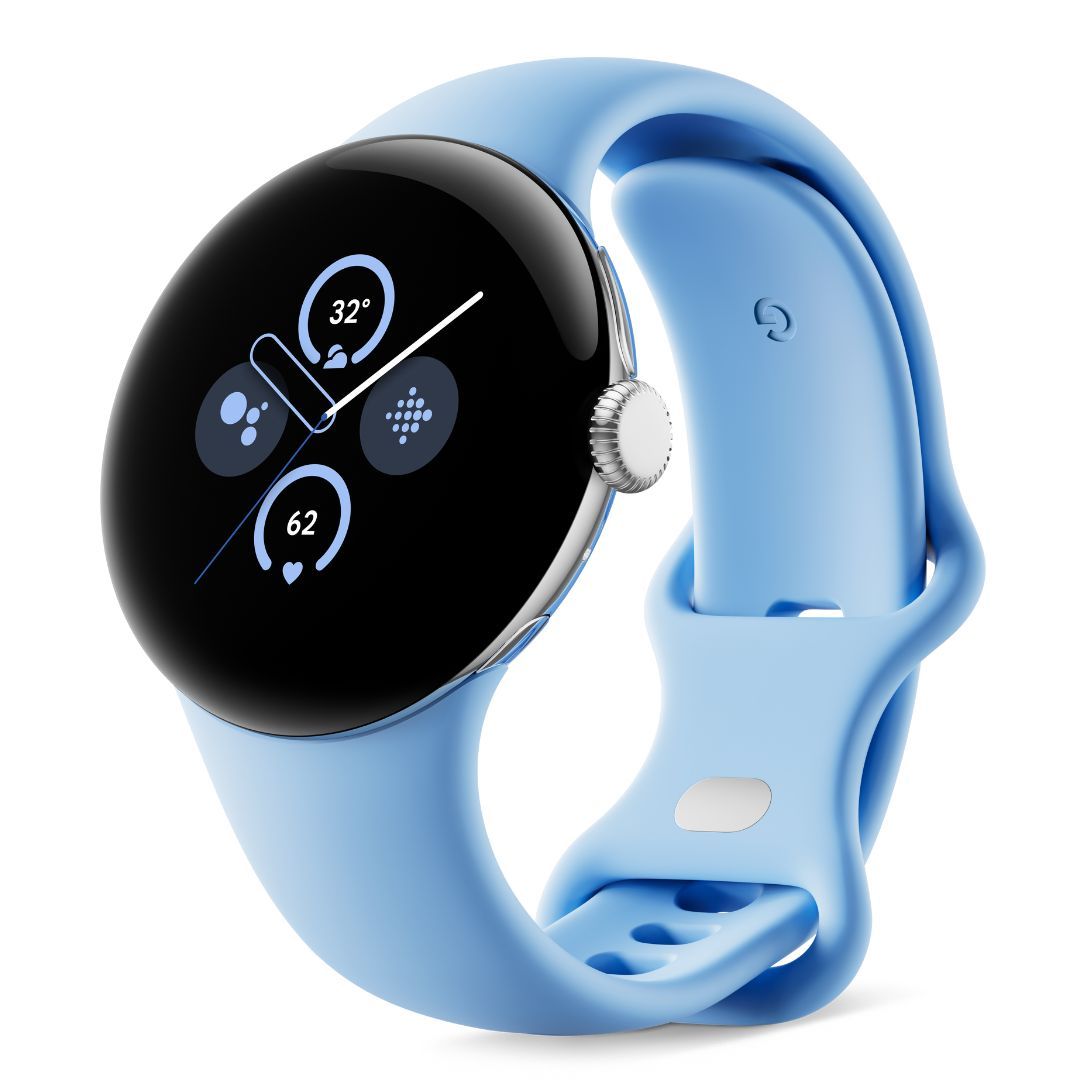
Google Pixel Watch 2
A Fitbit, but not just a Fitbit
The Google Pixel Watch 2 is still a smartwatch first, but it also carries over the full suite of Fitbit features and functionality, making it a compelling choice.
- Full set of Google Suite functionality
- Bluetooth or 4G LTE
- Wear OS 4 out of the box
- Very similar to previous generation
- Battery life only marginally better
In many ways, the Google Pixel Watch 2 is the best of both worlds. You get a fully-fledged, Android-compatible (sorry, Apple users!) smartwatch with Fitbit functionality built right in. With Wear OS 4 in tow, the software experience also gets a bump up, which helps improve the health and fitness part of the equation on top of that.
In terms of fitness, health, and wellness tracking, it does nearly everything the Sense 2 does. It tracks your steps, exercise, heart rate, breathing, sleep score, and stress levels. The new continuous electrodermal activity (cEDA) sensor measures skin temperature, which is a nice touch when coupled with data from the improved heart rate monitor. The extras don’t end there, with access to your music and podcast library during workouts. It’s also water-resistant up to 50 meters deep, so you can wear it for a swim.
One of the biggest upgrades is being able to switch the watch to another phone without having to reset it first. It also keeps important features like built-in fall detection and emergency SOS, so if you take a spill, your watch can detect that and ask if you’re okay. If you’re unresponsive, it will automatically contact emergency services and your listed emergency contact for assistance.
The downside is that battery life only gets marginally better in the Pixel Watch 2 compared to the original, which is low compared to the week-long battery life of other Fitbit devices.
Like its predecessor, the Google Pixel Watch 2 comes in either a 4G LTE variant, compatible with most major wireless providers, or another with Bluetooth only. While the Bluetooth-only version requires connection with a compatible Android smartphone, the 4G LTE version is entirely independent, keeping you connected without a companion device as long as you’re in a service area.
Read our full Google Pixel Watch 2 review.
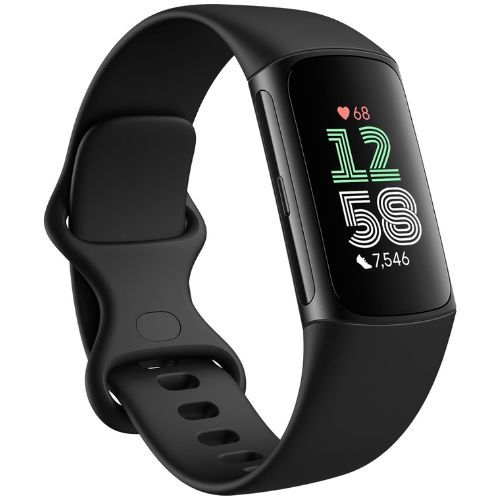
Fitbit Charge 6
A dedicated fitness tracker and nothing else
The Fitbit Charge 6 continues the same performance and trusted battery life, and now brings in more of Google’s own features to make this Fitbit’s most advanced tracker yet.
- Some Google integration
- Automatic exercise detection
- Built-in GPS
- Display isn’t large
- Media controls limited to YouTube Music
- EDA scans could use some improvement
The Charge 6 is still the best value of all the options in Fitbit’s current lineup, considering how much of a robust and well-rounded fitness tracker it is. Thanks to the slim rectangular display, it’s clear at first glance that this isn’t a smartwatch, but the Charge 6 doesn’t come up empty because of it.
You still can’t send or receive Bluetooth voice calls from your smartphone, but that’s not why you should get this tracker. The Charge 6 is a self-contained device intended to be used independently while supplementing some functions with associated smartphone apps, like getting Google Wallet on top of all the fitness features.
Off the bat, the Charge 6 has built-in GPS to track running and cycling without your phone’s assistance, along with the ability to detect stress, measure blood oxygen, and track exercise. Using GPS, you can see location information alongside intensity data, highlighting areas of your workout path that got your heart pumping. The device captures heart health data in the background, including resting heart rate, heart rate variability, ECG assessments, and irregular heart rhythm notifications.
When it’s time for bed, the Charge 6 tracks sleep patterns with a smart wake alarm that nudges you when you’ve reached the ideal sleep stage for waking. The Fitbit app also shows you a daily readiness score to help you determine when it’s time to push ahead or take a break. Everything you might want from a fitness tracker is nicely tucked into this streamlined and comfortable design.
Read our full Fitbit Charge 6 review.

Fitbit Versa 4
Smartwatch functionality at fitness tracker prices
If you’re willing to ditch a few tertiary functions (most of which are underutilized), then the Versa 4 is the most affordable route to a Fitbit smartwatch.
- Approachable price tag
- Continuous heart monitoring
- Built-in exercise modes
- Lacks ECG app to monitor heart arrhythmia
- No emergency SOS
If you’ve decided on a smartwatch over a fitness tracker but don’t want to break the bank, the Versa 4 has well-rounded functionality for a reasonable price.
The lower price does mean that you’re sacrificing some functions compared to other Fitbit-enabled smartwatches. In particular, the Versa 4 lacks the ECG app (which monitors your heart for arrhythmia), the skin temperature sensor, and fall detection. It’s also missing some of the stress-related services, including all-day body response tracking and the EDA mindfulness app. That said, the Versa 4 maintains all the core Fitbit functions you’d expect in a fitness tracker.
Whether you’re exercising at home, at the gym, or out in the world, the Versa 4 can track your activity with built-in exercise modes. If you’re running, biking, or exercising otherwise out in the world, you can plan and track your route using built-in GPS. This means you can leave your phone at home if you want. More than just an exercise tracker, the Versa 4 also keeps an eye on your heart rate around the clock and tracks sleep duration and quality, providing a wealth of well-rounded data.
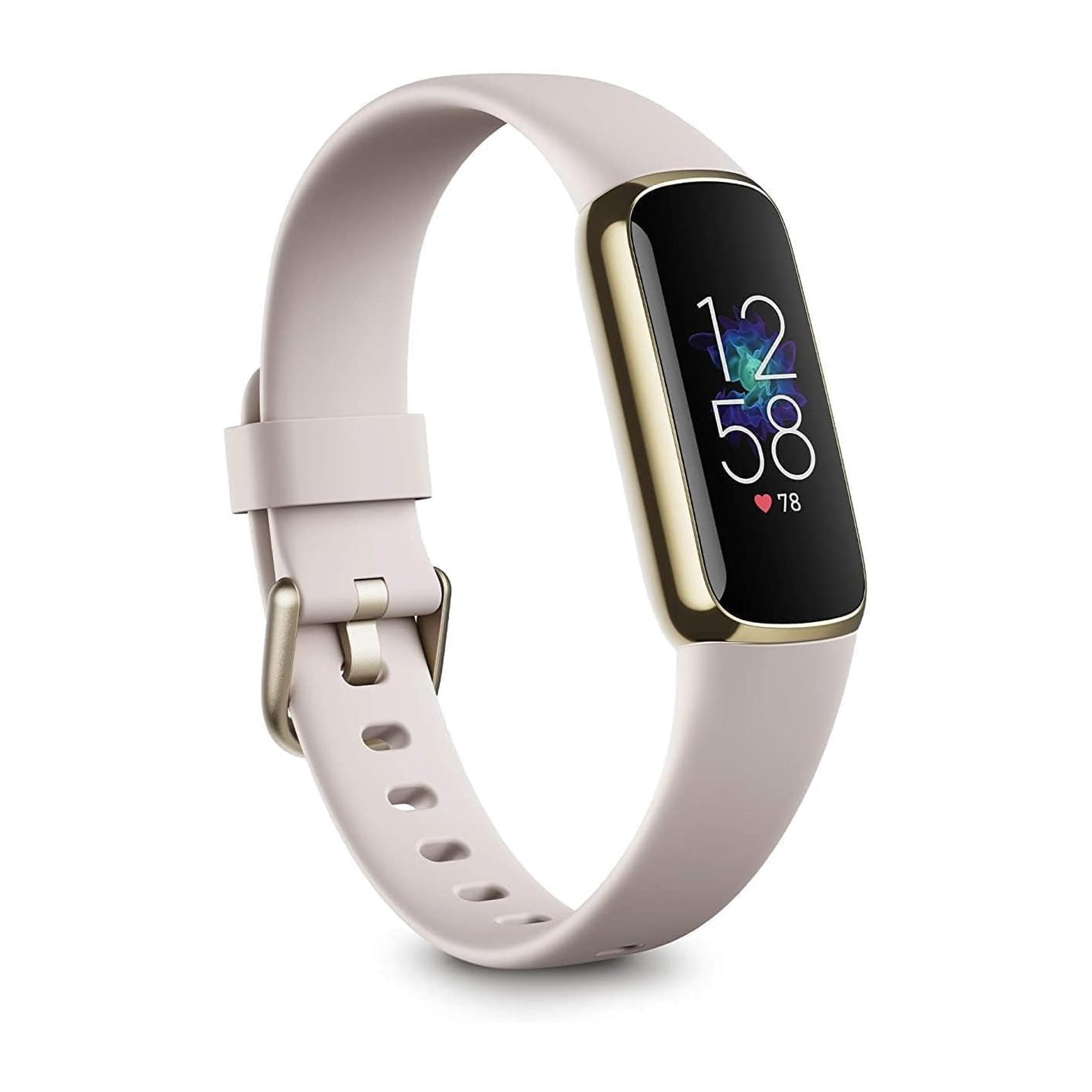
Fitbit Luxe
Fashionable and functional design
The Fitbit Luxe packs a data-rich gadget in an aesthetically pleasing package. So, you can satisfy your curiosity for fitness data and look good doing it.
- Three standard color options
- Special edition band by gorjana
- Continuous wellness tracking
- Lacks built-in GPS
- Reduced heart health features
Oftentimes, smartwatches and fitness trackers are slightly garish. They’re usually good at being gadgets but not so good at being fashion accessories. Their screens must be large enough to display crucial information pleasantly while still being small enough to wear comfortably on the wrist. And thick, flexible bands focused on comfort and reliability take precedence over style most of the time.
The Fitbit Luxe endeavors to find the sweet spot between function and fashion with a slim, elegant design. Inside, you’ll find all the fitness tracking capabilities you’ve come to expect from the brand. It’s set up to track your sleep stages, chart a sleep profile, and provide a sleep score. You’ll also get 24-hour heart rate monitoring and stress management. When it comes time to break a sweat, the Luxe will track your movements and provide real-time data on speed, distance, and more.
The standard version comes in three color options, and you can always swap out bands to match whatever you’re wearing. If you want to treat yourself, the Special Edition Fitbit Luxe includes a wristband designed by the fashion label gorjana. The adjustable metal band is composed of elegant stainless steel rings that will look great even at the fanciest events.
Read our full Fitbit Luxe review.
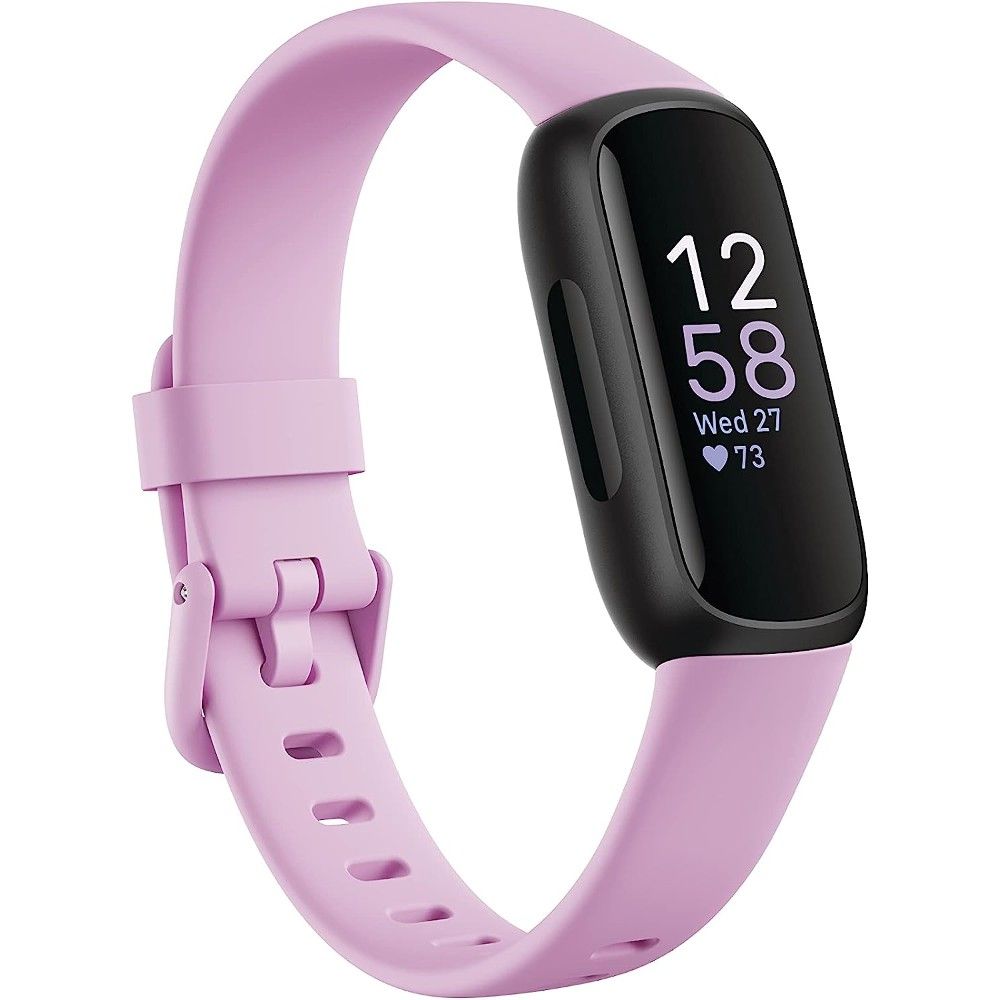
Fitbit Inspire 3
Nothing wrong with being “just” a fitness tracker
The Inspire 3 is designed for people who want a streamlined fitness tracker. It lacks many of the peripheral features of most modern trackers and smartwatches, leaving only the core functions behind.
- Most affordable adult fitness tracker
- Monitors and tracks all core health and fitness criteria
- Automatic workout detection
- No built-in GPS
- No Bluetooth calls or messages
Sometimes simpler is better. If you’re looking to dip your toe in the Fitbit pool in a simplified way, the Inspire 3 is the most accessible tracker aimed at adults.
Despite the affordable price, the Inspire 3 doesn’t skimp on features. You can track many common exercises manually, but you don’t have to. The tracker pays attention to your body and detects physical activity automatically. Throughout the day, it will log active minutes, steps, distance, and calories burned. It’ll also note your heart rate, respiration, oxygen saturation, and more, then provide a wellness report based on the data. The idea is to wear the tracker nearly all the time, and you can thanks to 10 days of battery life.
You will, however, have to give up a few things. The Inspire 3 can’t take Bluetooth calls, can’t load additional apps, and there is no built-in GPS. If you want to track your morning run or evening stroll, you’ll have to connect the tracker to a smartphone. Fortunately, it is compatible with both Android and iOS.
Read our full Fitbit Inspire 3 review.
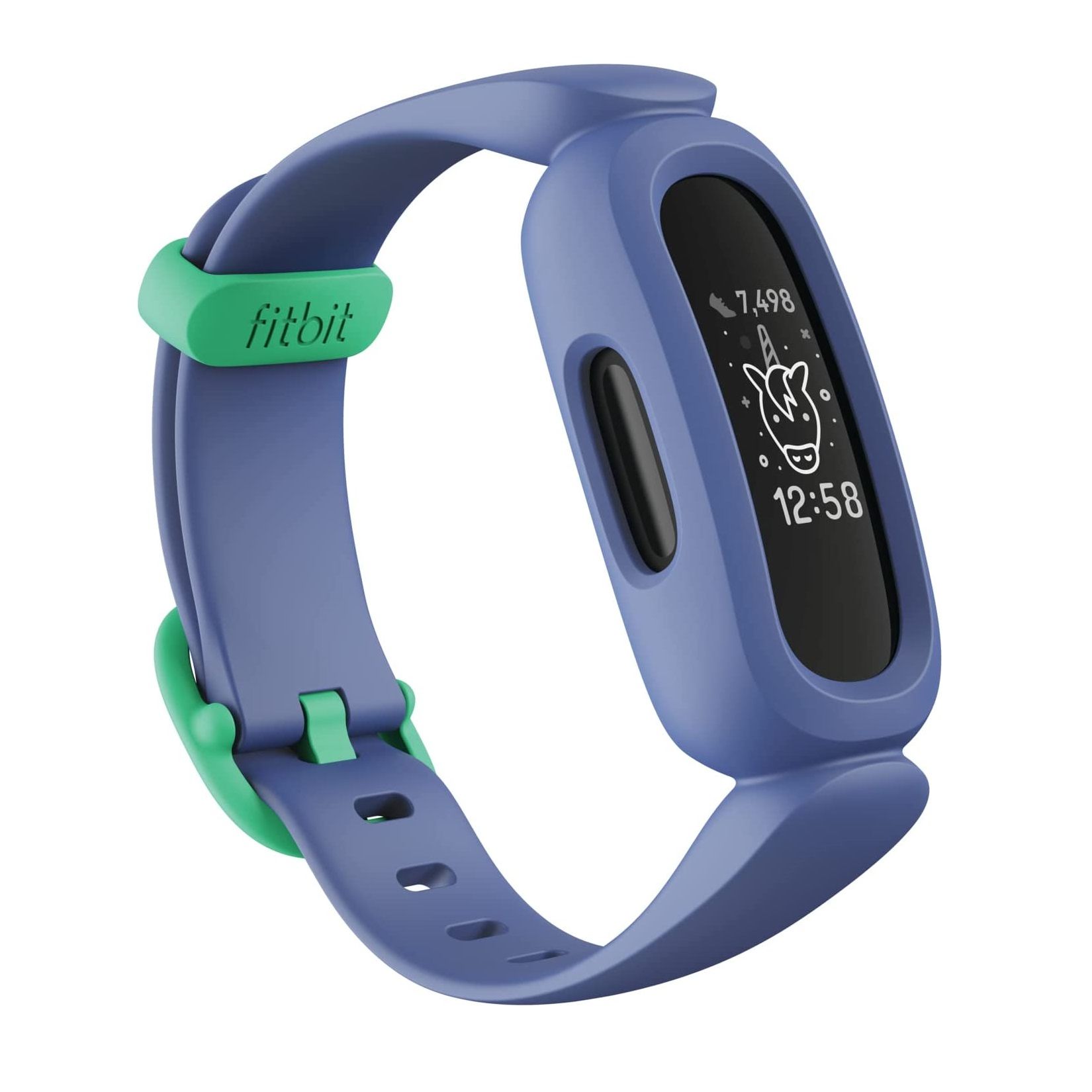
Fitbit Ace 3
An activity tracker specially made for the way kids play
For young ones, exercise means playing in the dirt and scraping knees; the Fitbit Ace 3 is purpose-designed to stand up to rough-and-tumble kids.
- Reinforced hardware protection
- Simplified user interface
- Digital activity reward
- Limited color choices
The Ace 3 is unique among Fitbit’s offerings in a few important ways, all aimed at making it more accessible and useful for children ages six and up. The first way it differs is the reinforced silicon casing around the tracker. It’s thicker and rises over the display to provide extra bump protection.
The user experience is also streamlined, providing simple information like active minutes, number of steps, and hours of sleep with simple graphics that are easy to understand. And the tracker is water-resistant up to 50 meters deep, so it can stand up to whatever your kid throws at it.
All the activity, sleep, and health data feeds into a smartphone app for parents or caregivers to view. That way, you can keep an eye on your kids’ activity and make sure they’re getting enough sleep. Speaking of sleep, in addition to tracking hours and sleep phases, the Ace 3 offers bedtime reminders to keep your kiddo on schedule. To sweeten the pot a little bit more, users can earn prizes like digital watch faces and avatars to incentivize exercise and play.
Balancing form and function on your wrist
Fitbit continues to maintain its reputation as a leader in the wearable and activity tracker space, courtesy of of the its reliable tracking accuracy and additional features through Fitbit Premium. Whatever workout or training plan you want to pursue should be easier to stick with when Fitbit is keeping you on track.
The Sense 2 is currently the best Fitbit device because it offers the greatest balance between comfort and features. It has the most diverse set of health and fitness tracking sensors to give you a more holistic data set to work with in the Fitbit app while gauging your progress and pursuing your goals.
If you’re willing to spend more without compromising much on features, the Google Pixel Watch 2 is more integrative with third-party apps on top of the built-in Fitbit tracking already included. It’s also the only device with fall detection and emergency SOS, plus access to Google’s suite, like Google Wallet, Google Assistant, Google Calendar, Gmail, and the Google Play Store. The Pixel Watch 2 won’t last anywhere near as long on battery life per charge, so there’s a trade-off for all those bells and whistles. That’s where a more focused fitness tracker like the Charge 6 provides the best value, retaining heart rate tracking, built-in GPS, daily readiness score, exercise modes, and a skin temperature sensor.

Fitbit Sense 2
Full body wellness on your wrist
What the Sense 2 lacks in flash, it makes up for in reliability. It isn’t overloaded with unnecessary features but still manages to do everything you expect from a fitness tracker and a little bit more.




